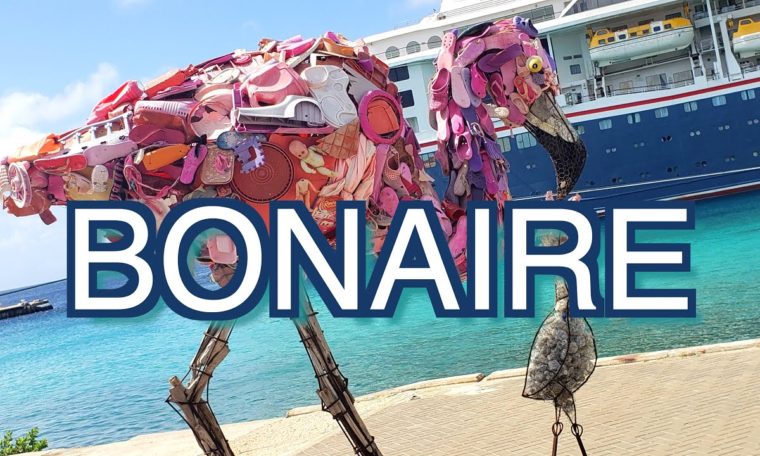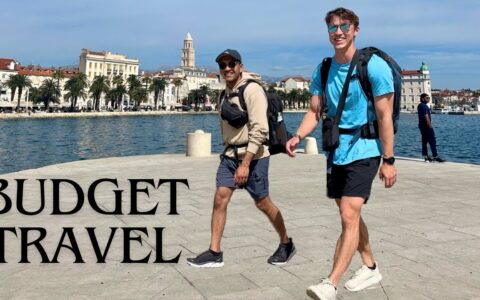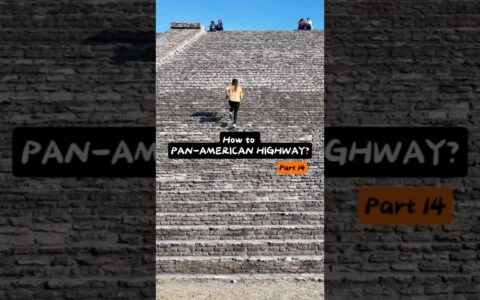
Bonaire is a small island in the Caribbean near Venezuela. It is part of the Netherlands and, together with the other islands of the Leeward Antilles, forms a community called the Caribbean Netherlands.
This island is not very well known and many people have not even heard of it, such as Aruba and Curacao, although it is located next to them. But this unique place attracts people who love outdoor activities, as well as those who like to discover new places not packed with tourists.The capital of the island is the town of Kralendijk There is also a flamingo airport that you can fly to from Amsterdam, Aruba, Curosao, New York Houston Toronto Miami and Atlanta.
The city is very well equipped with several large modern supermarkets. With a good variety of products, including European ones. Beer, wine, sweets and especially cheese are even cheaper than in America and Canada. The port has a large pier which can receive several cruise ships per day.It is very easy to rent an apartment on Bonaire, there is a large selection and the private sector where you can rent a cottage or condo apartment and there are also many hotels. We stayed in different parts of the island in order to make it easier to explore.
But the most interesting thing is not in the city, not in shops, and not even on the island itself, but in what surrounds the island. The secret is that the island of Bonaire itself is not geologically a land, not a volcano, but a giant coral reef pushed out by the sea, so corrals grow around the island starting from the point of low tide. That is why Bonaire is called a paradise for scuba divers or “diver paradise”. You can go snorkeling here right from the shore. Since Bonaire is one large coral reef and corals and deep water starts right at the shore, scuba divers do not need to take a boat far into the sea to dive, just park the car and walk into the water. In total, there are about 90 diving sites on Bonaire, and the most courageous fans of underwater sports consider it their duty to visit them all and for good reason, since they are all different and one is not like the other. At your service there are about 350 species of various marine life and over 60 species of coral. Such a variety of life is achieved due to the fact, that on the island the whole nature and its resources, corals and all its inhabitants of coral reefs are carefully protected and the entire coastal zone to a depth of 60 meters or 200 feet is a marine reserve.
Moving from Kralendijk along EEG Boulevard to the south, we arrived at an interesting place where sea salt is naturally extracted – by evaporation. At this point, the island is almost at sea level and huge pools are filled with sea water for salt extraction. Sea water evaporates quickly because it is always windy on the island, even in the quietest weather the wind speed is never lower than 20 km per hour. The unique combination of wind, sun and salt water pools creates a lot of foam.
Want to swim with sea turtles. Right here, near the salt pier, where ready-made salt is loaded into ships, green sea turtles live and eat and, unlike other places, they are absolutely not afraid of humans.
Driving further along the only road in this part of the island, which is leased to one lane, while remaining a two-way road, on the left side, in the southernmost part of the island, there is a Pelkermeer nature reserve occupying 55 hectares of land. The island is known for its large population of flamingos as well as a large colony of wild donkeys introduced here by the Spaniards in the 16th century.
Continuing on the road around the island, you can reach the bay called Lac Bay. This is a very interesting place, during the four weeks of our stay on the island, we came here several times. A shallow bay with blue water enclosed by a barrier reef and surrounded by mangroves around it is also a nature reserve. It includes 2076 hectares of which 100 hectares is the bay itself, which is the habitat of rare and endangered birds of frigates, igrets, Hurons and rare yellow-shouldered See the continuation of the journey through Bonaire in part two
Coral Reef Fish Feeding From Hands Of Swimmers
Poisonous Fugu Fish Puffing, Inflating and Deflating
Sneaky Jumping Cholla. Cactus Attack!
Cat Island,The Bahamas. Trip Report with Travel Tips.Part II.
Cat Island,The Bahamas.Trip Report with Travel Tips.Part I.
Bonaire Island. Trip Report with Travel Tips. Part II
Coral Reef Fish Feeding From Hands Of Swimmers ..(read more)
CHECK OUT MORE: Travel Guides
EXPLORE MORE: Travel Tips



